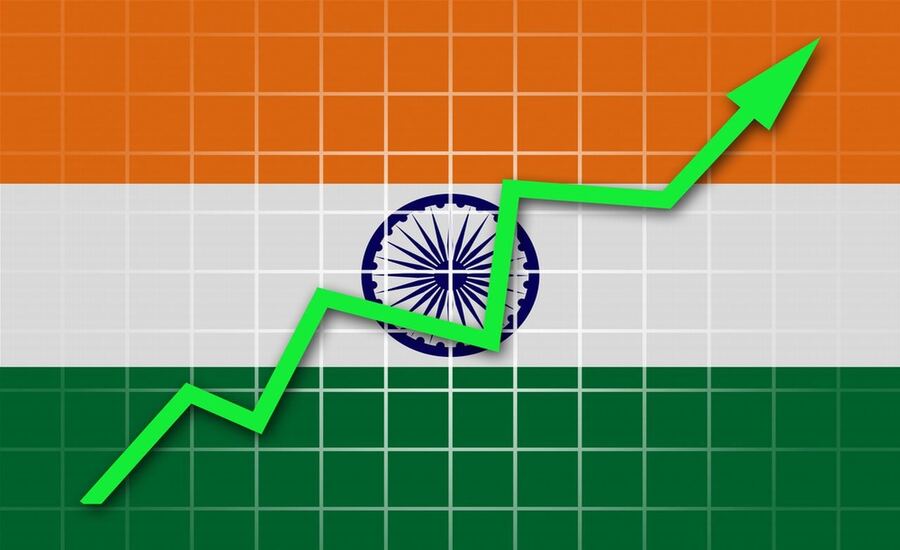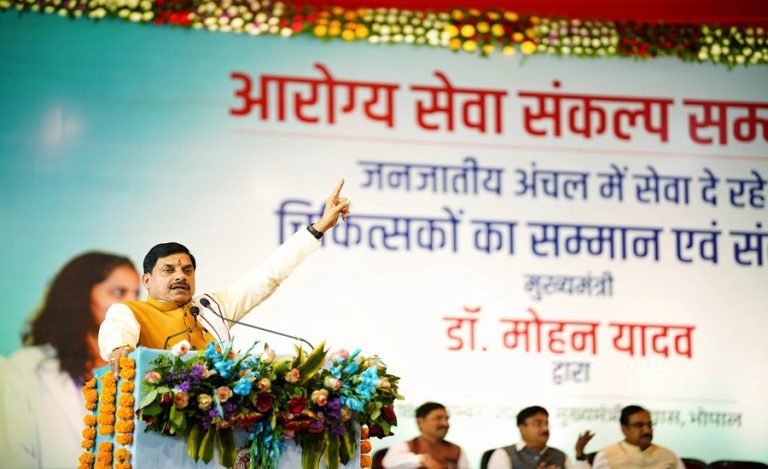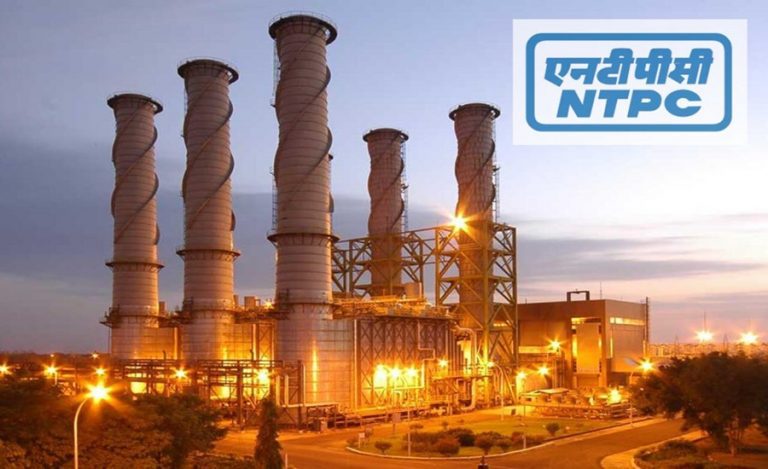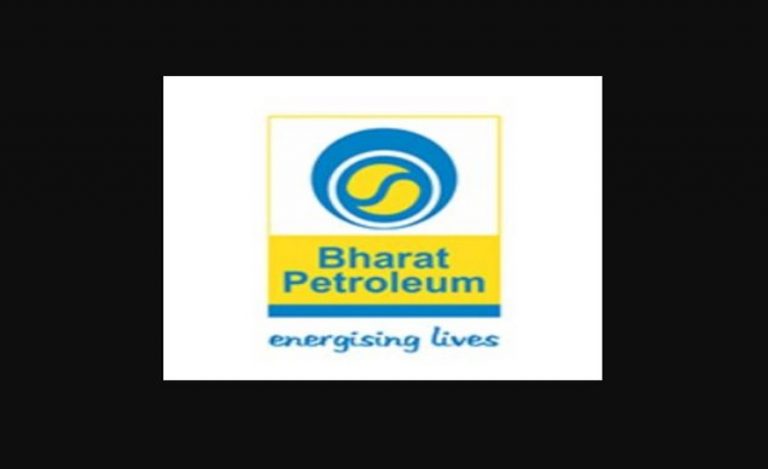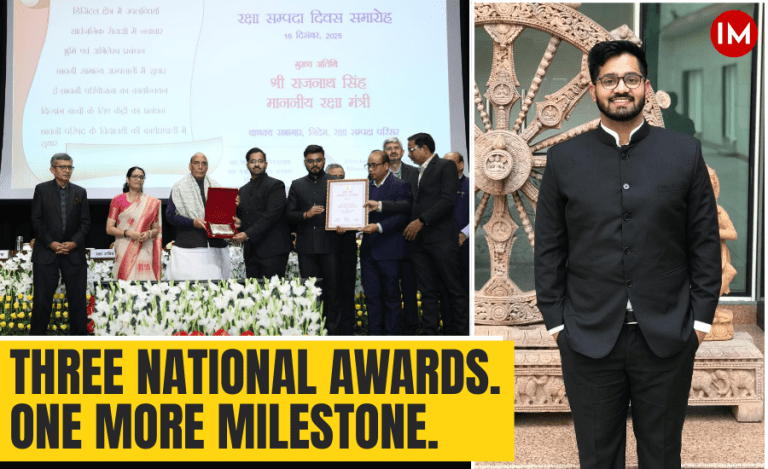New Delhi: India’s economic engine continued to accelerate in the July–September quarter of FY 2025–26, with real GDP expanding by a robust 8.2%, according to the latest data released by the National Statistics Office (NSO). This sharp rise from 5.6% in the corresponding period last year reflects strong industrial recovery, sustained domestic demand, and steady improvements across key sectors of the economy.
The figures underline India’s strengthening macroeconomic fundamentals at a time when global uncertainties weigh on advanced economies. India continues to retain its position as the world’s fastest-growing major economy, far outpacing other emerging markets.
Industrial Growth Leads the Charge
The latest GDP data reinforces that India’s industrial sector is driving the country’s growth resurgence.
Manufacturing Expands at 9.1%
A standout performer this quarter, the manufacturing sector grew by 9.1%, signalling rising capacity utilisation, improved production activity, and a favourable environment for investment. This is particularly significant after years of global supply chain volatility.
Construction Sector at 7.2%
Construction activity a major source of employment and a key indicator of economic vitality expanded by 7.2%, driven by infrastructure spending, urban development, and strong real estate activity.
Together, manufacturing and construction propelled overall industrial growth to 7.7%, almost double the 3.8% seen last year.
Services Sector Strengthens India’s Growth Pillar
India’s services sector, traditionally the backbone of the economy, posted an impressive 9.2% growth rate in Q2. The strongest performers included:
- Financial, Real Estate & Professional Services: 10.2%
- Public Administration, Defence & Other Services: 9.7%
- Trade, Hotels, Transport, Communication & Broadcasting: 7.4%
The buoyancy in services reflects rising urban demand, expanding digital adoption, and increased economic activity across both government and private sectors.
Moderate Growth in Primary Sector
Agriculture and allied activities grew 3.5%, moderating slightly from last year, while the utilities sector (electricity, gas, water) grew 4.4%. Mining nearly recovered, improving from -0.4% to -0.04%.
While the primary sector saw moderate expansion, the resilience ensures stability in rural consumption and food supply chains.
Demand and Investment Pickup Strengthens Outlook
The economy’s demand-side indicators remain robust:
- Private Final Consumption Expenditure (PFCE): Up 7.9%, indicating healthier consumer sentiment.
- Gross Fixed Capital Formation (GFCF): Up 7.3%, marking stronger investment activity.
- Government Final Consumption Expenditure: Declined 2.7%, reflecting fiscal discipline.
This balance between consumer demand and private-sector investment is essential for sustained long-term economic growth.
H1 Growth at 8% Keeps India on Path to Viksit Bharat
For the first half of FY 2025–26 (April–September), real GDP grew 8.0%, sharply higher than 6.1% during the same period last year.
The momentum aligns with the Economic Survey’s emphasis that India needs to maintain 8% average growth over the next decade or two to achieve the vision of Viksit Bharat @ 2047.
From ‘Fragile 5’ to Top 4: India’s Economic Transformation
- The data reflects India’s extraordinary economic journey over the last decade:
- India was the 11th-largest economy in 2013–14; today, it is the fourth-largest.
Once categorized among the “Fragile 5” economies, India is now globally recognised for its strong macroeconomic fundamentals, demographic advantage, and policy stability.
Between 2021 and 2024, India consistently delivered high growth:
- 2023–24: 9.2%
- 2022–23: 7.2%
- 2021–22: 8.7%
These numbers underscore India’s resilience, even amid global inflation, geopolitical tensions, and slowdowns in advanced economies.
A Positive Signal for Industry and Policymakers
The strong second-quarter performance sends multiple positive signals:
1. Industrial recovery is broad-based
Manufacturing, construction, and allied sectors continue to show sustained momentum critical for job creation and economic diversification.
2. Private sector participation is rising
The increase in capital formation indicates renewed corporate investment in capacity building, infrastructure, and technology adoption.
3. Services sector remains India’s powerhouse
The high growth in financial and professional services points to expanding formalisation and digitalisation.
4. Stable rural economy
Despite moderate growth, agriculture remains steady, supporting rural demand.
India’s 8.2% GDP growth in the July–September quarter is more than just a strong economic number. it reflects the resilience of Indian industry, the effectiveness of structural reforms, and the confidence of consumers and investors alike. With sustained momentum in manufacturing, services, and private-sector investment, India is firmly on track to achieving its long-term strategic and economic aspirations. The findings reaffirm that India’s growth story is not just continuing. it is accelerating.

